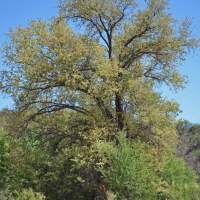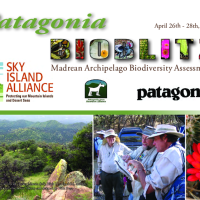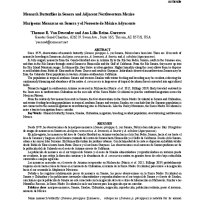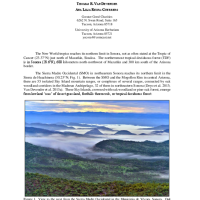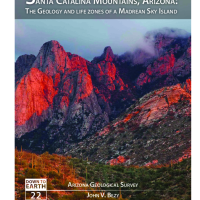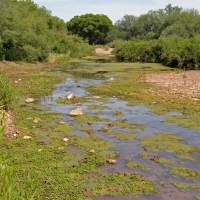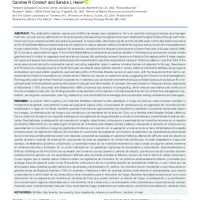The weekend of April 26th through 28th, 2013 marked an exciting event for the community of Patagonia, Arizona. Biologists from all over the state gathered to document and celebrate the tremendous biodiversity of the Patagonia Mountains, one of the southernmost Sky Island ranges in the United…
Since 1979, observations of monarch butter y (Danaus plexippus L.) in Sonora, Mexico have been low. There are 10 records of monarchs breeding in Sonora on Asclepias curassavica, A. lemmonii, A. linaria, and A. subulata (Apocynaceae).
In July-August, monarchs from the Canelo-Hereford area…
The New World tropics reaches its northern limit in Sonora, not as often stated at the Tropic of Cancer (23.37°N) just north of Mazatlán, Sinaloa. The northernmost tropical deciduous forest (TDF) is in Sonora (28.6˚N), 680 kilometers north-northwest of Mazatlán and 300 km south of the Arizona…
Natural landscapes have distinctive personalities. Each is the product of the interplay of geology, climate, vegetation, time, and often, human activities. The landscapes that form the Santa Catalina Mountains of southeastern Arizona give that range a unique personality like no other in the…
Rio Altar near Oquitoa, Sonora around 2013. The Rio Altar is the westernmost Sonoran creek with perennial water, until the Rio Sonoyta, which has very little, if any, perennial water left.
This valley has had small-scale agriculture for many decades, but recently started seeing huge …
I measured bird abundance and richness along the upper San Pedro River in 2005 and 2006 to investigate how beavers (Castor canadensis) may act as ecosystem engineers after reintroduction to a southwestern U.S. desert riparian area. In areas where beavers colonized, I found higher bird…
The relationship between people and wildfire has always been paradoxical: fire is an essential ecological process and management tool, but can also be detrimental to life and property. Consequently, fire regimes have been modified throughout history through both intentional burning to promote…

